Currently, along with preserving the cultural and architectural values of Hoa Lu Citadel, all levels and sectors are orienting to restore and revive the historical and cultural values of the wall sections associated with tourism development, becoming a unique tourism product of the province.
A section of the ancient Hoa Lu Citadel wall in Chi Phong village, Truong Yen commune, Hoa Lu district still exists today. The wall section is made of earth and is about 300 meters long, connecting two mountains together. Through the vicissitudes of history and natural erosion, the wall section is no longer as high as before, running long like a dike.
Mr. Nguyen Bach Bon, Truong Yen commune, has spent many years studying and researching historical and cultural relics related to the Dinh dynasty. According to legend, King Dinh built this citadel wall, turning it into a rear base to protect the outer ring of Hoa Lu Citadel. The citadel walls that still exist today are the clearest evidence of King Dinh's importance in building a base to serve defense, demonstrating the grandeur and great role of the citadel walls that are still valuable for all time.
According to research documents, since the Dinh Dynasty and the Tien Le Dynasty, many short sections of the citadel were built based on the natural terrain, connecting the gaps between the mountains to form an extremely solid center. This is the rear defense area of the Hoa Lu Capital. Hoa Lu Citadel has two rings called the inner citadel area and the outer citadel area. According to research results, there are about 10 sections of the citadel wall. Up to now, of the total number of sections of the citadel wall, archaeologists have only excavated and studied 3 sections in the Eastern citadel area (from Cot Co mountain to Thanh Lau mountain and Ngoi Chem) and the Northern citadel area (from Cot Co mountain to Che mountain).
The walls of Hoa Lu Citadel are unique because they are a continuation of the Vietnamese tradition of building ramparts. The technique of building Hoa Lu Citadel walls is unique and elaborate because of the close combination of baked bricks with clay, between building the foundation with lining of leaves from the area (reeds, reeds, palms, hooks) combined with clay, combining the foundation piles with the participation of stone blocks... creating a sustainable character of the locality.
The Hoa Lu citadel represents the creativity, independent spirit, self-reliance and strong will of Dai Co Viet country in the Dinh-Tien Le period. Comrade Nguyen Cao Tan, Deputy Director of the Department of Tourism, said: Hoa Lu capital is located in the Trang An Scenic Landscape Complex. The world heritage profile of Trang An Scenic Landscape mentioned the process from the time of prehistoric people to the later period 30,000 years ago, including a turning point in the 10th century that played the role of a capital of Dai Co Viet State.
The cultural values of Hoa Lu Capital have gradually been confirmed by a thick scientific record through archaeological and ethnological field studies, showing that the appearance of Hoa Lu Capital from the walkways to the steps, the palace foundation, to the walls. In particular, under the cultural layer that speaks of the value of Hoa Lu Capital in the 10th century, below continue to discover the architectural layers of the previous period with many marks of materials and architecture, proving that this place is likely to be the headquarters under the Northern domination, not a wild area.
The land of Hoa Lu Capital means the water intersection (between fresh water and salt water), boats travel, trade, choose the water intersection to build towns, market towns, stop there to go out to sea or upstream to the rivers very conveniently. All documents about materials, architecture show that the land has the nature of an urban, imperial, capital city.
For Hoa Lu Capital, the architectural materials of the 10th century have been clearly identified through archaeological excavations. When there is a plan to attract tourists to come and identify the shape of Hoa Lu Capital, the excavation, identification of the walls and the restoration to clarify these walls will make a great impression on tourists, because Hoa Lu Capital is very unique from the way people built the walls from one foot of the mountain to the other.
The choice of recreating the walls will show how people lived and settled in the valleys. The walls and the limestone mountain system create a large valley, which is good for both military and economic development. At the same time, there are water gates in the wall line. Restoring the water gates through the wall line and the city gates is of great value to today's and future generations to experience again, see the shadow of the ancient capital, from which tourism has its own unique products.
Along with activities in the context of river culture, from Hoang Long river, going through the water gate through Sao Khe stream, through Den citadel route... will form a very beautiful tourist space; both preserving and focusing on developing traditional houses with water routes, the citadel wall route will create a very good space for tourism development.
Article and photos: Tien Minh
Source


![[Photo] Prime Minister Pham Minh Chinh meets with King Philippe of Belgium](https://vstatic.vietnam.vn/vietnam/resource/IMAGE/2025/4/1/be2f9ad3b17843b9b8f8dee6f2d227e7)


![[Photo] Close-up of Vietnam's sniffer dog team searching for earthquake victims in Myanmar](https://vstatic.vietnam.vn/vietnam/resource/IMAGE/2025/4/1/d4949a0510ba40af93a15359b5450df2)
![[Photo] General Secretary To Lam receives King Philippe of Belgium](https://vstatic.vietnam.vn/vietnam/resource/IMAGE/2025/4/1/e5963137a0c9428dabb93bdb34b86d7c)
![[Photo] President Luong Cuong and King Philippe of Belgium visit Thang Long Imperial Citadel](https://vstatic.vietnam.vn/vietnam/resource/IMAGE/2025/4/1/cb080a6652f84a1291edc3d2ee50f631)
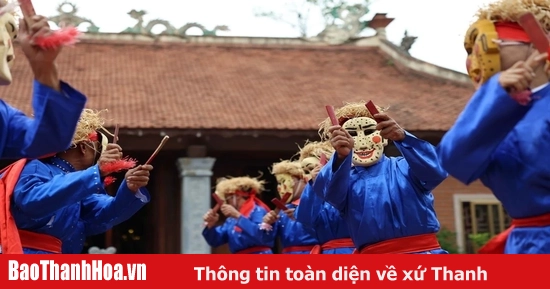
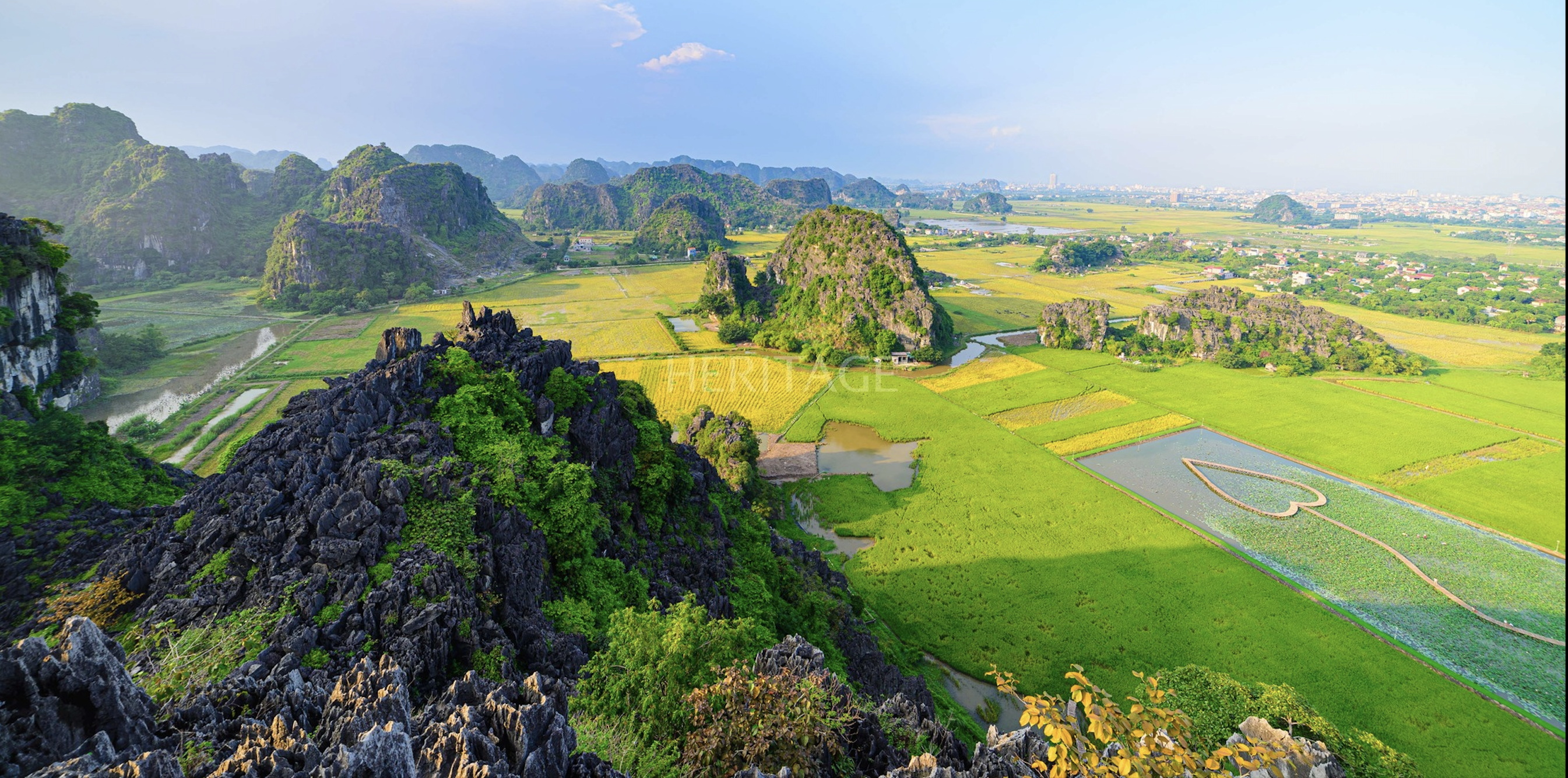



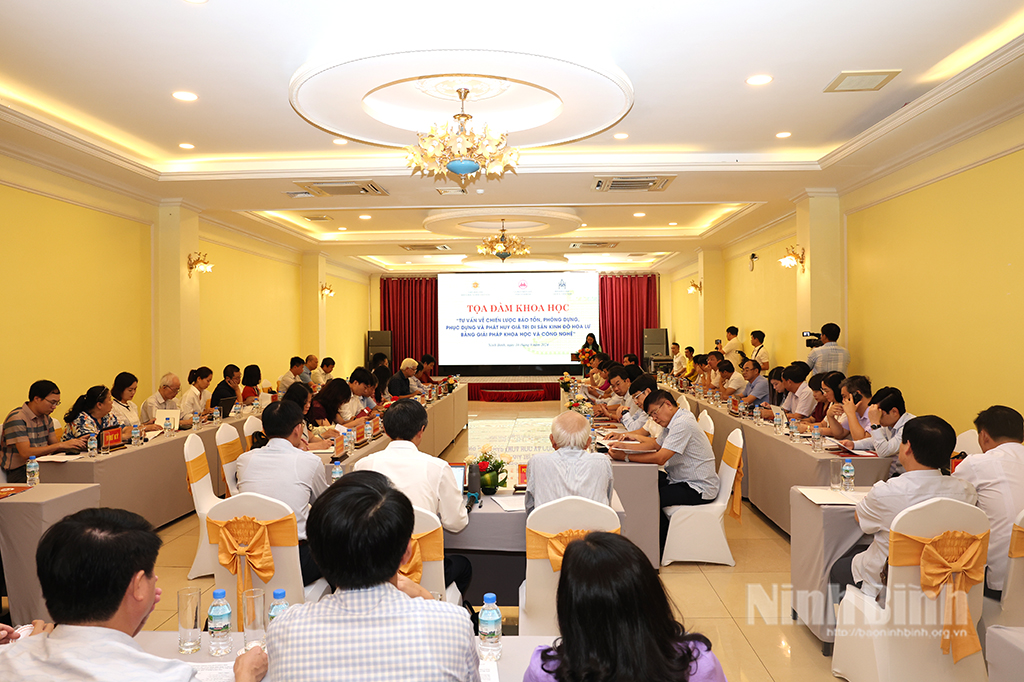
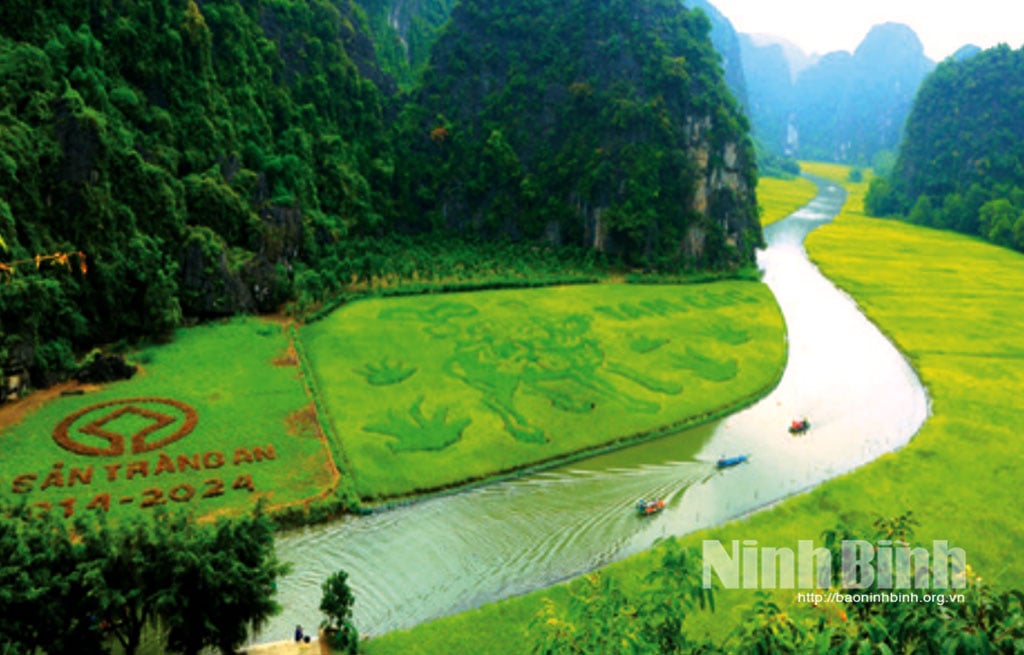
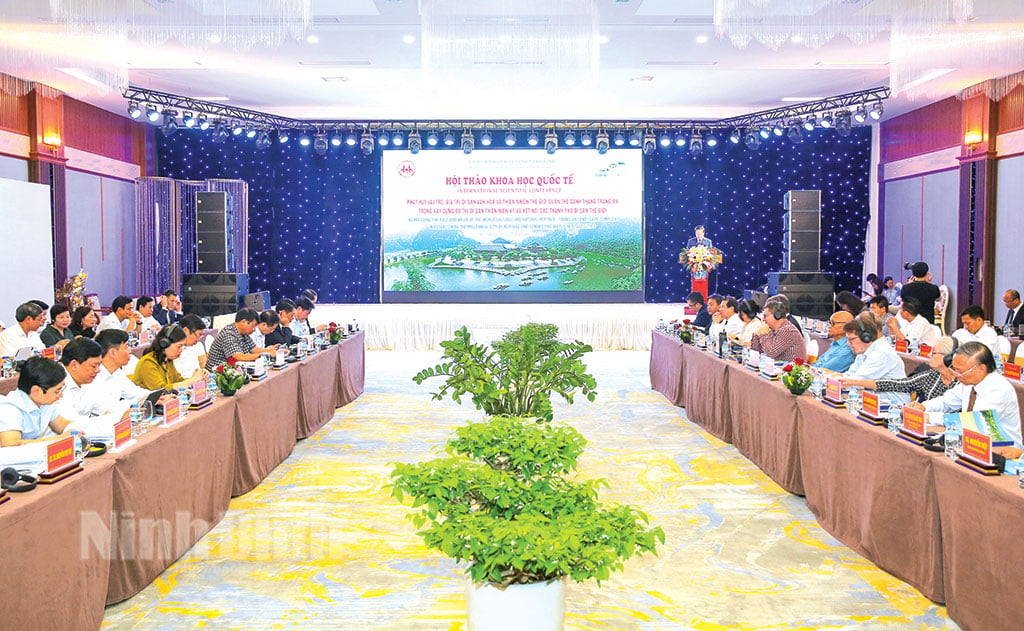











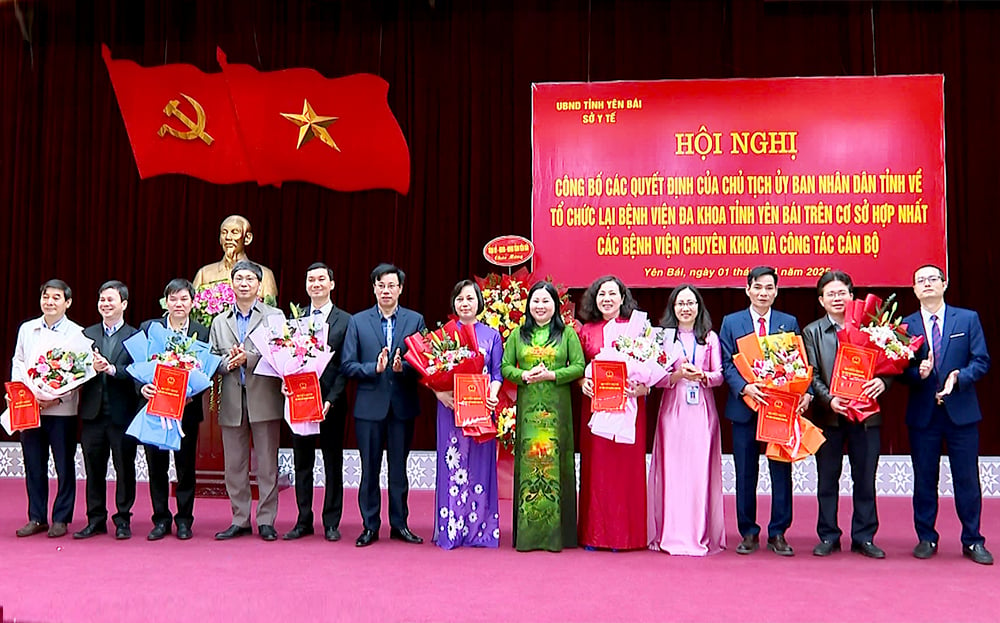
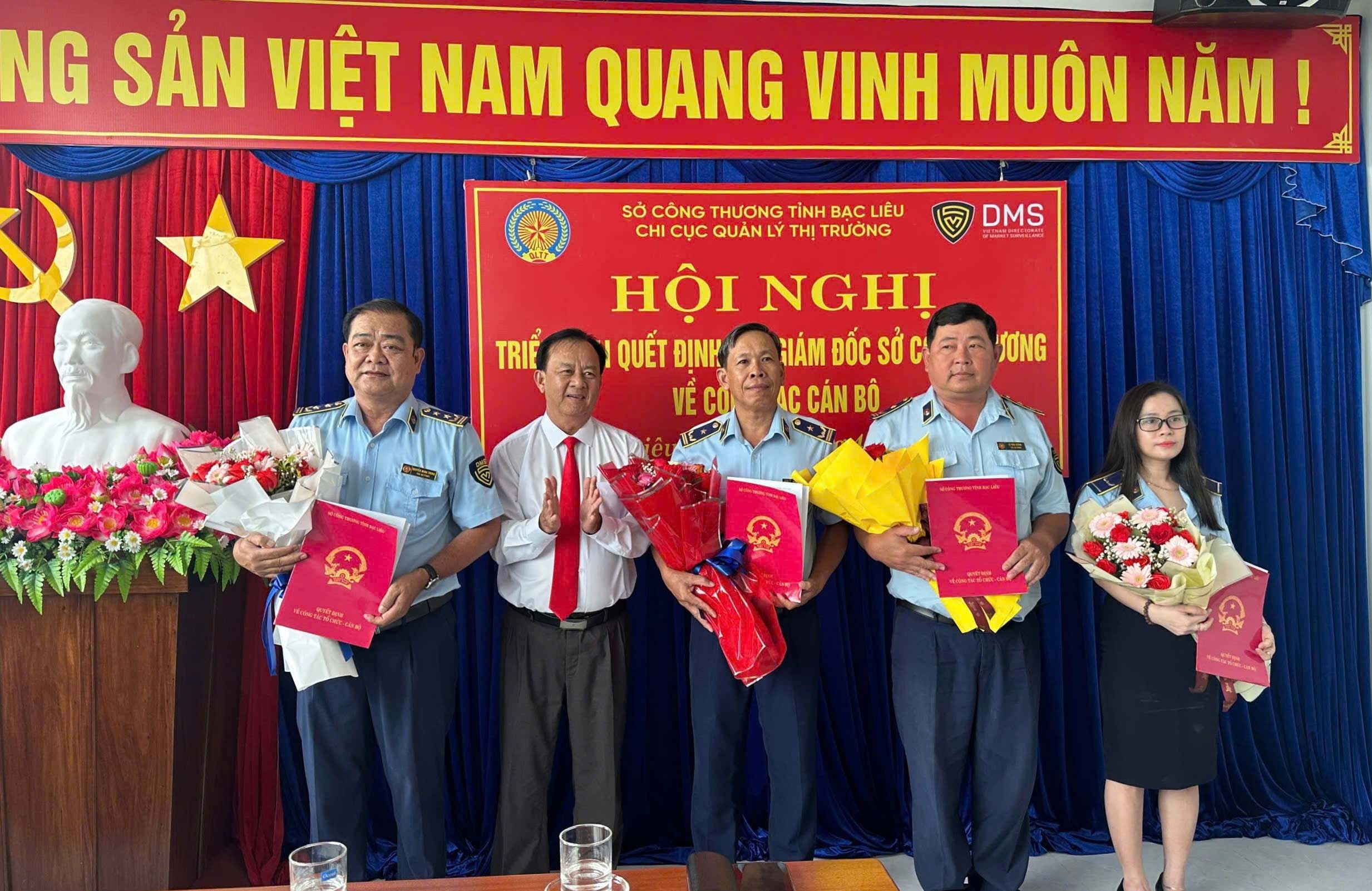
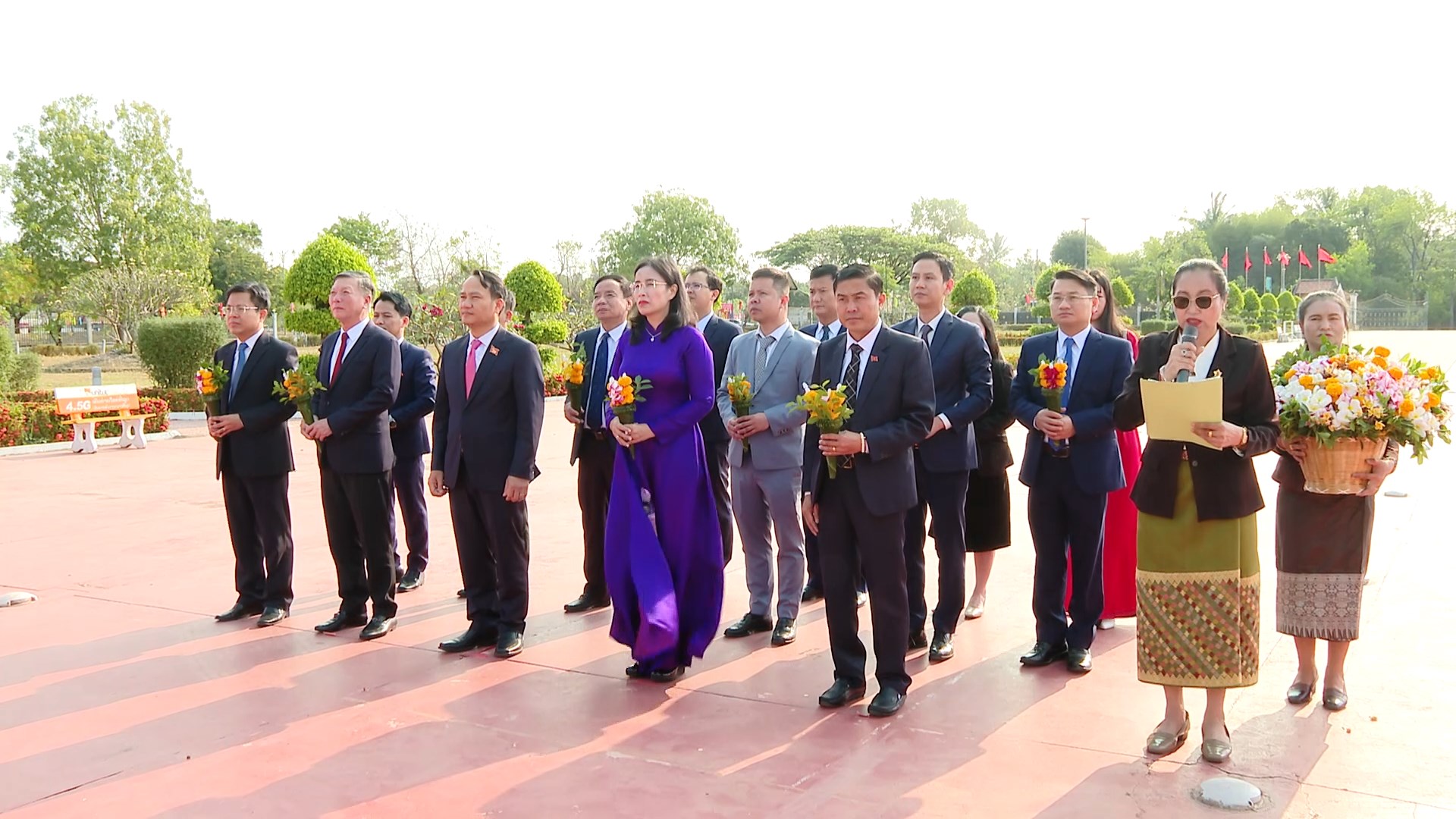

![[Photo] Myanmar's capital in disarray after the great earthquake](https://vstatic.vietnam.vn/vietnam/resource/IMAGE/2025/4/1/7719e43b61ba40f3ac17f5c3c1f03720)















































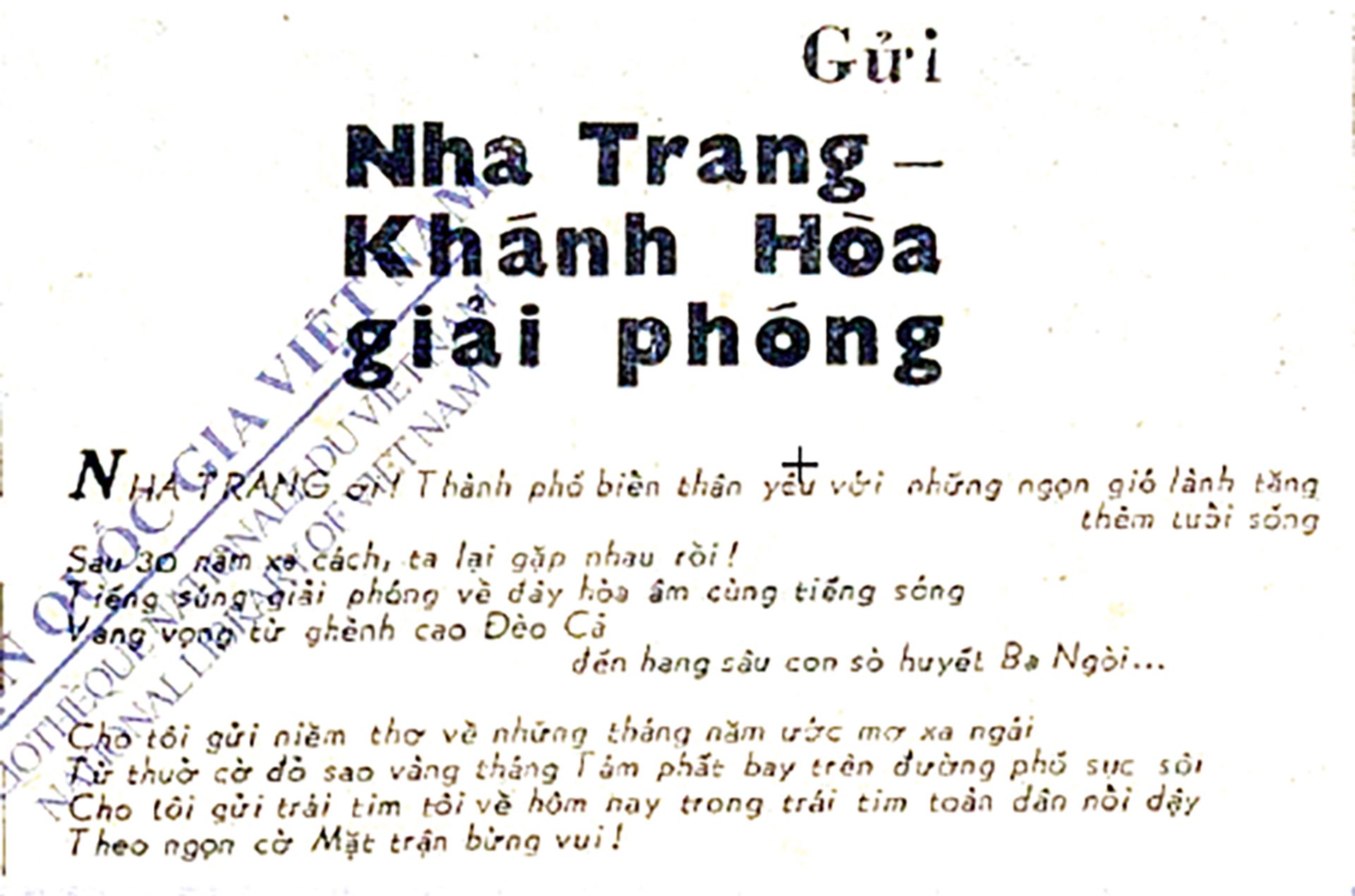


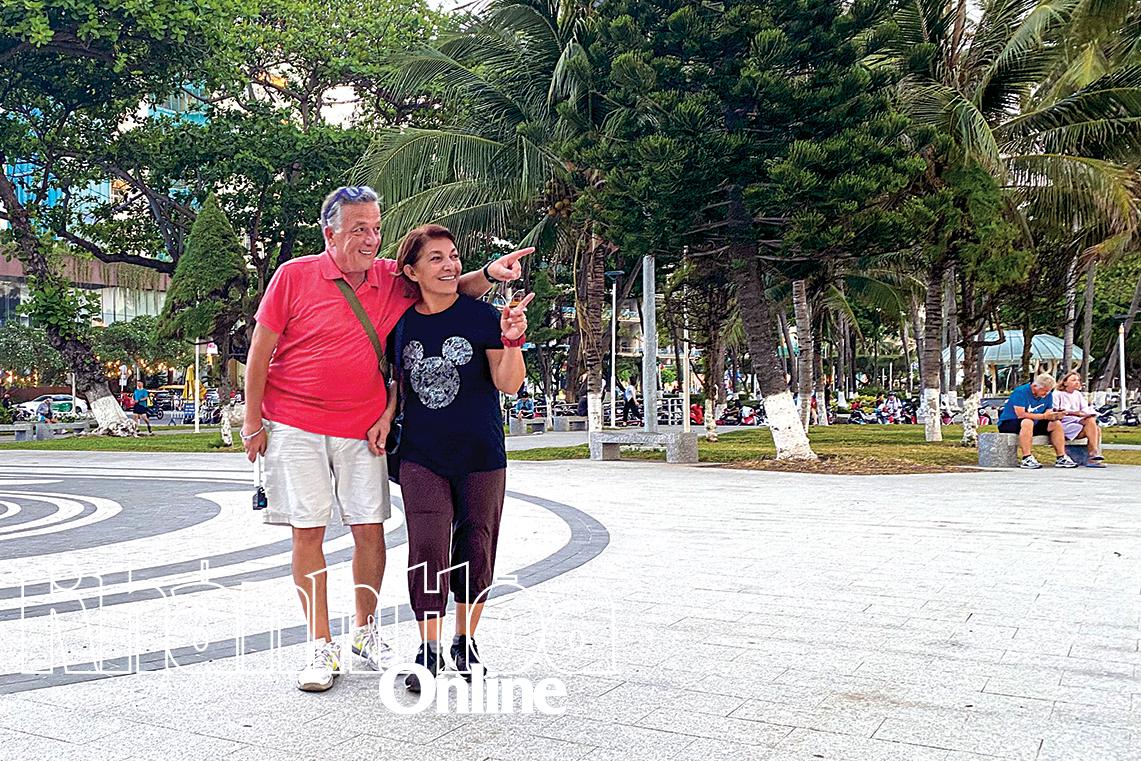











Comment (0)